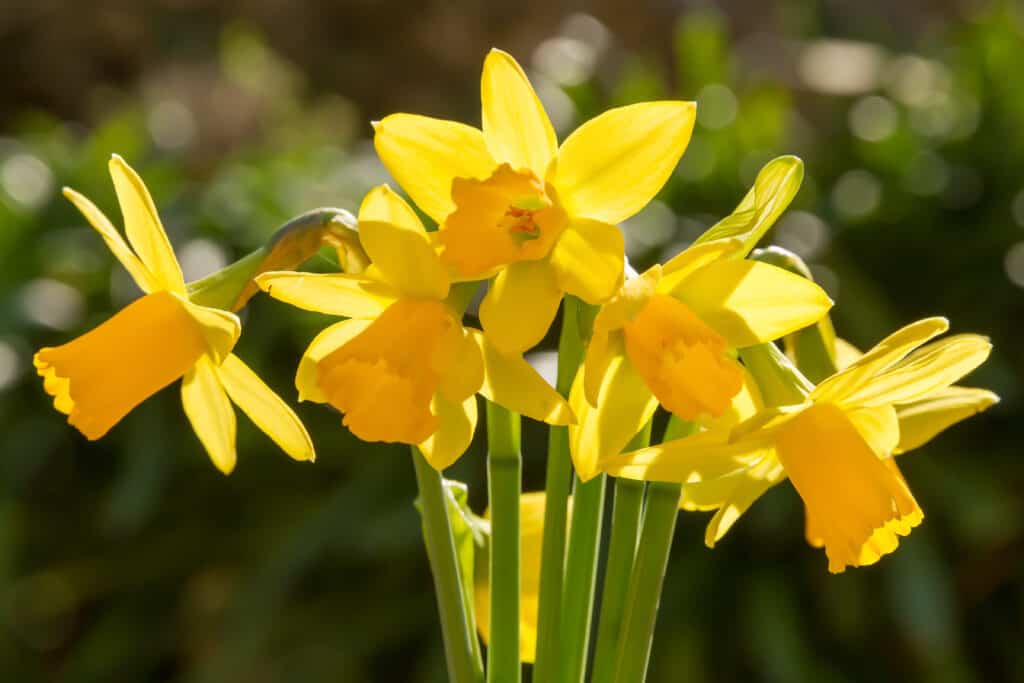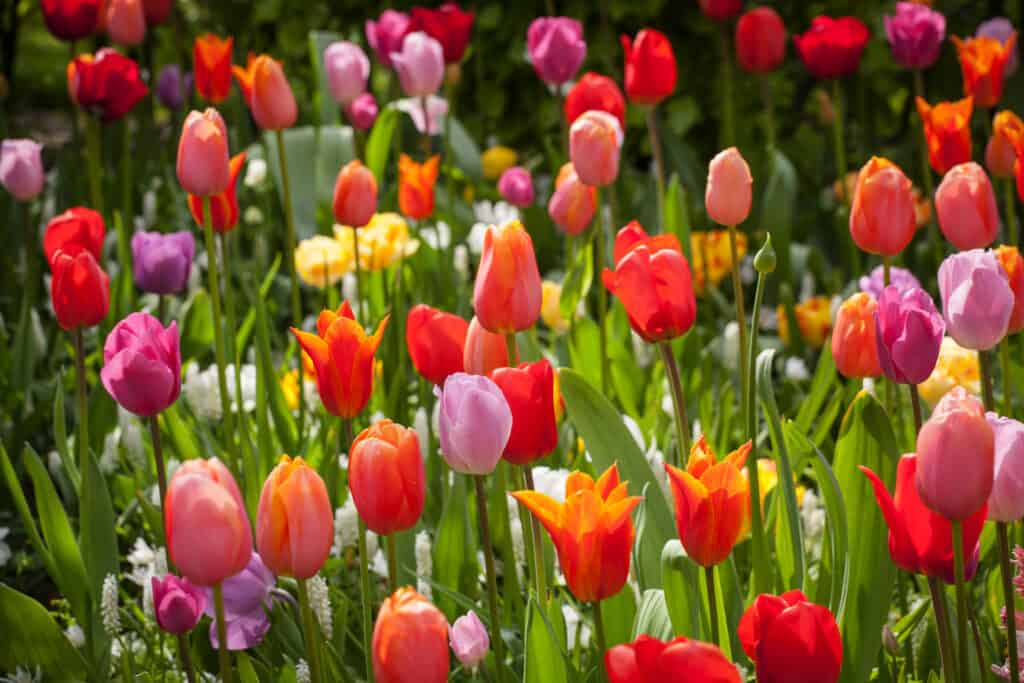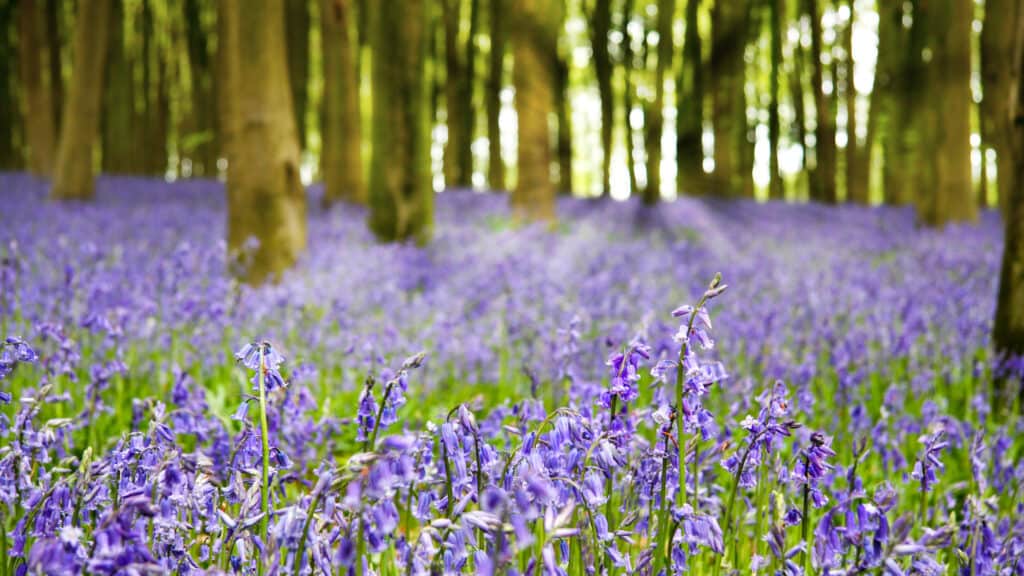
Free Delivery
On Orders Over £40
On Raw Orders Over £100

It’s officially Spring! Doesn’t it feel like we’ve been waiting forever? It’s almost warm and bright enough for those sunny evening walks among the colourful flowers that arrive at this time of year. But, if you have a dog who is especially curious about the great outdoors or who has a habit of trying to eat everything they come across, there are a few of these pretty plants you should keep an eye out for. Puppies are especially notorious when it comes to this! Spring flowers may look innocent enough, but unfortunately many of them can be toxic to our pooches.
It isn’t just the flower or leaves which can cause these symptoms; often the bulb is the most toxic part of the plant as it is the most concentrated (which isn’t ideal if your dog loves digging!), but even drinking the water from a flower pot can result in some unpleasant side effects.
Here are some of the most common spring flowers which can be dangerous to your dog:
You probably already know that this plant is dangerous to dogs, but might not realise just how much. Eating any part of this flower can cause vomiting, diarrhoea or even cardiac arrhythmia if enough has been consumed.
While the leaves and flowers of this plant can cause irritation in the mouth and digestive system, the bulb of a tulip is especially dangerous. If your dog has the opportunity to eat large amounts of these, it can result in severe poisoning.
These are particularly dangerous as they tend to cover very large areas and grow close to the ground – right in the path of your dog’s enquiring snout! They can cause vomiting, diarrhoea, drowsiness or disorientation.
A very dangerous plant if eaten which, in worst cases, can result in organ failure. The spring crocus is less toxic than the autumn variety, but should still be avoided.


General symptoms to watch out for are vomiting, diarrhoea or other signs of gastrointestinal upset, as well as drooling, drowsiness or weakness. It’s worth noting that it can sometimes be a couple of days before symptoms start to show, so it’s important to treat them fast if you suspect that they have been caused by the consumption of a plant.
We certainly aren’t saying you should refrain from planting any of these in your garden; the very opposite, in fact, as flowers are a huge benefit to the environment and many ecosystems. Our pets are also far smarter than we sometimes give them credit for, as most adult dogs will instinctively know to avoid something that will cause them serious harm. Despite this, you should always make sure you know which flowers your four legged friend has been around, so that you can inform a vet straightaway if they start presenting with symptoms after sneaking a floral snack when you aren’t looking. If this does ever happen, it’s worth trying to call your vet with the relevant information before you get there, so that they can prepare for when you arrive.

Sign up to get exclusive deals in your inbox.
We won't share your email address.